
This content is protected against AI scraping.
Updated for 2025.
Several readers asked for a post about how to write a synopsis.
I’m not surprised, really—synopsis writing can feel overwhelming.
I read a lot of synopses in my former day job in publishing, and through LuckyAuthor.com, I work with many people to make their synopsis clear and compelling. I’m going to give you my take on how to write a synopsis.
But first, let’s talk about the function of the synopsis! For me, a good synopsis does three things.
A good synopsis convinces me it’s a good story.
It tells me there are engaging characters who have clear motivations for their actions, a well-laid-out plot, enough conflict to keep things interesting, and a satisfying ending.
A word about motivation: the bigger the action, the clearer the motivation needs to be. “On a whim” often doesn’t cut it for big actions, like adopting a tiger for a pet or selling your house and driving an RV across the country.
I should also point out here that I pass on good stories all the time—and I’m not the only one. Our publishing house has a pretty specific vibe. Additionally, editors pass all the time on projects because they just acquired one or two in the same vein. That’s why you should never take a rejection as a sign that you’re a bad writer. There’s an element of luck to this business, and sometimes a rejection has nothing to do with the quality of your writing.
A good synopsis convinces the agent or editor it’ll be an easy book to sell.
If an editor thinks it’s going to be easy to present the book to the salespeople, easy for the salespeople to pitch to retailers such as Barnes & Noble, Target, Walmart, and Books a Million, and easy to pitch to consumers through a compelling description on the back cover, then naturally, they are a lot more interested.
A good synopsis is a useful tool for discussing the story with others.
An editor needs approval to acquire a book, and sometimes an agent or editor is talking to producers about the possibility of making the book into a movie. All these people can’t read every book (though the producers do read the whole book if they’re interested), so we use the synopsis.
So as you can see, the dreaded synopsis is, unfortunately, vital.
Here’s what a good synopsis is not: an overview of every single thing that happens in the book.
If the agent or editor asks for a synopsis of 2 to 4 pages, don’t send them a synopsis of 10 pages or more. And yes, it’s annoying that different people ask for different lengths. Try to give them what they want, as much as you can, and if you’re going to err, err on the side of brevity.
My top synopsis writing advice is:
If possible, write the synopsis before you write the book.
In my book Blank Page to Final Draft, I explain how getting upfront feedback on a synopsis helps you identify and fix plot holes and weaknesses before you even write the book. Yes, you’ll still have to revise your synopsis later, because writing will lead you to unexpected twists and turns. But you’ll likely avoid a brutal rewrite of your entire manuscript.
If you’re reading this and you’re thinking, “Well, that’s great and everything, Bryn, but I already wrote the book and I’m trying to figure out how to write a synopsis now,” no worries! Here’s my advice.
1. Start with a one- or two-sentence logline.
That’s right—this is basically a synopsis of the synopsis, haha. But it’s really effective. Here are a few made-up examples:
•A history teacher in Massachusetts is transported back to the Revolutionary War era, where she attempts to shorten the war and save thousands of lives by changing the course of a battle.
•A CIA agent is falsely accused of mishandling information and fired. His personal quest to find out who framed him leads to the discovery of a terrorist plot.
•Zoe, a teenager in the Chicago suburbs, is forced to spend the summer with her grandmother on a farm with spotty WiFi. As she gets involved with her grandma’s quirky quilting circle, a romance with a farmhand, and a state fair scandal, it turns out to be her most exciting summer yet.
2. Introduce each main character and their character arc.
A main character is usually a point of view character. A “character arc” means the way a character grows and changes throughout the story. (For a better understanding of this, you can check out my post on “What Is a Character Arc,” which includes examples.)
It can feel corny and overly simplistic to write out a character arc, but doing this will help people understand your story. I’ve written a few treatments for books and movies, and I’ve learned to always do this up front.
Here are examples of how to do this.
•ELIZA MCBRAYER, a thirty-two year-old history teacher who struggles with shyness in the classroom, discovers new depths of courage and daring within herself as she becomes involved in Revolutionary War-era tactics and espionage.
•MARCUS STONE, a CIA agent, always followed orders. After being wrongfully fired and discovering a terrorist plot, he learns that he has a real talent for making the strategic decisions himself.
•ZOE BURROWS, a suburban teenager, loves art and making videos, and is quick to dismiss people and places as “boring.” She learns that all people—and all places—are interesting in their own way.
3. Identify the inciting incident, three or four scenes that are major turning points, and the ending.
Your “inciting incident” is the event that kicks everything into motion.
Your “turning points” are your big scenes that move the story forward and show a progression in your character arcs—in other words, a character is learning, changing, or growing. In a mystery, a turning point might be a major clue (or a major red herring.) In a romance, it’s a scene that brings the characters together—or makes one or both of them pull back. In any genre, it might be a triumph, a heartbreaking loss, or a big decision for one of your characters.
Write out a short description of the inciting incident, these major turning point scenes, and the ending. (Note: actual lines of dialogue generally don’t belong in a synopsis.) Take more time on the beginning and the ending than anything else.
Now, what if you have this one great scene that’s not really a turning point, but you’re very proud of it because it’s hilarious or just plain cool? Go ahead and put that one in there, too.
4. Add the connective tissue between the big scenes.
By “connective tissue,” I mean summary that is short on the details. For instance:
•Eliza settles into the boardinghouse, and after a couple of failed attempts, finds a position as a maid.
•By hiring someone to hack into the CIA’s files, Marcus discovers the connection between his former boss and the terrorist cell.
•Zoe is entertained by the quilters’ colorful stories and the next time they meet, she tries her hand at quilting herself.
Now you’ve got a draft of a synopsis.
Congratulations!
If writing a synopsis makes you realize you need to do more revision of your novel—to clarify a character’s motivation, increase the conflict, trim a subplot, or so on—you’re not alone. Don’t feel bad about it! Embrace the insight and the opportunity to make the book better before you send it out.
Otherwise, just get some feedback from others on your synopsis—don’t be shy. Tweak it as necessary. Make an English major who loves you proofread it. And then it’s good to go.
Do you have your own tips for writing a great synopsis? Please share them in the comments! And if you have questions, go ahead and ask those, too—I’ll answer them if I can. Thanks so much for reading, and happy writing!

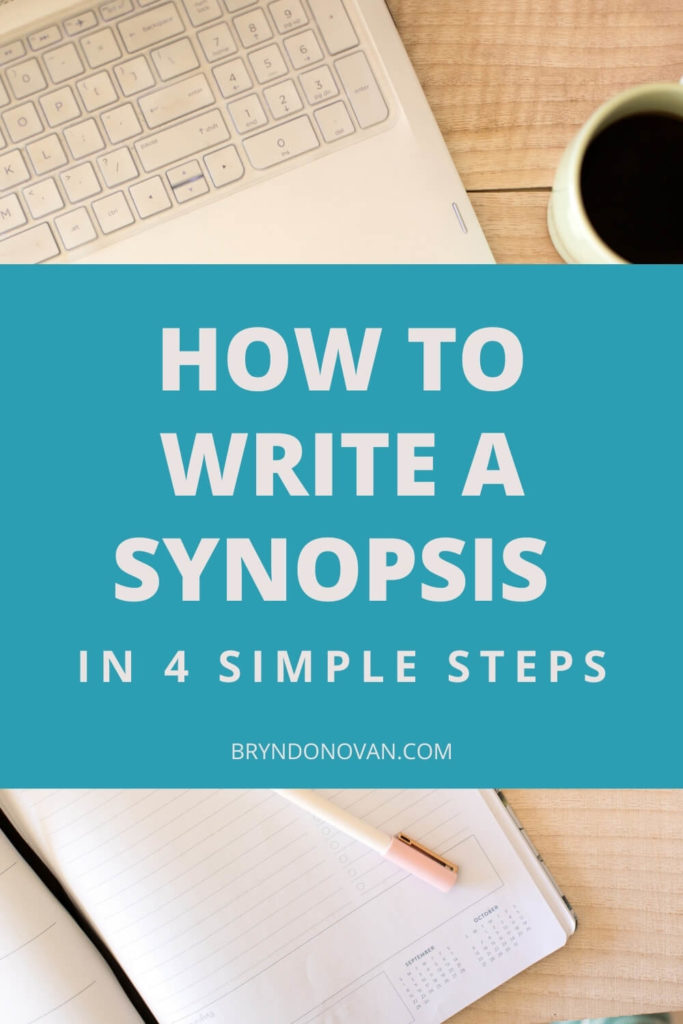
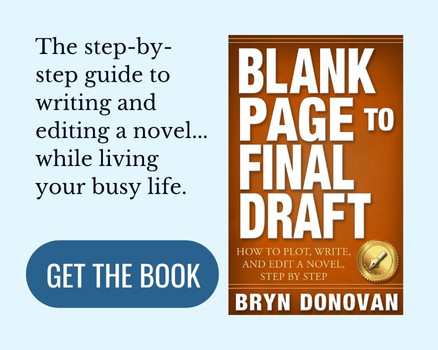







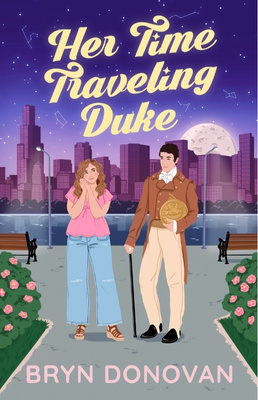
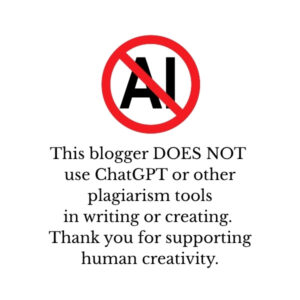
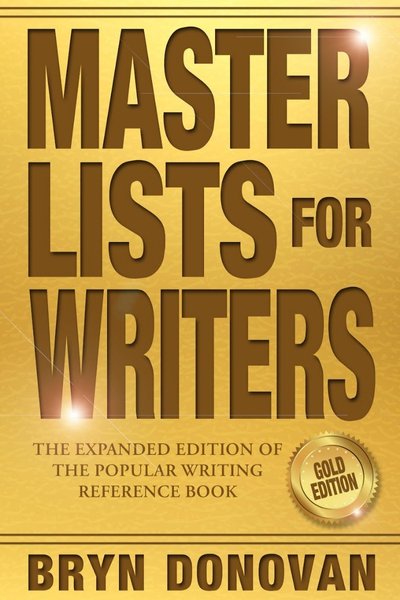
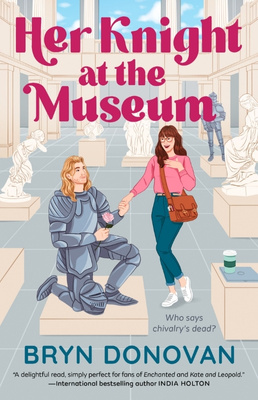
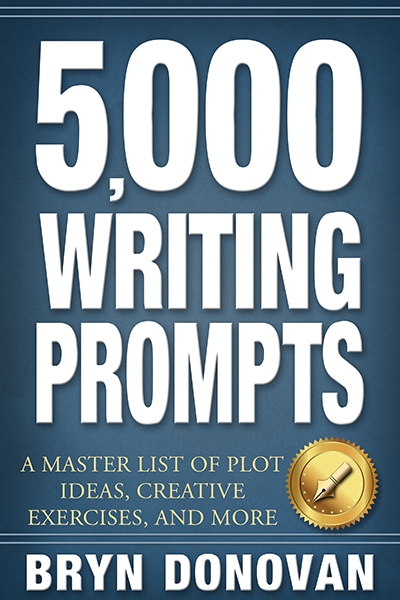
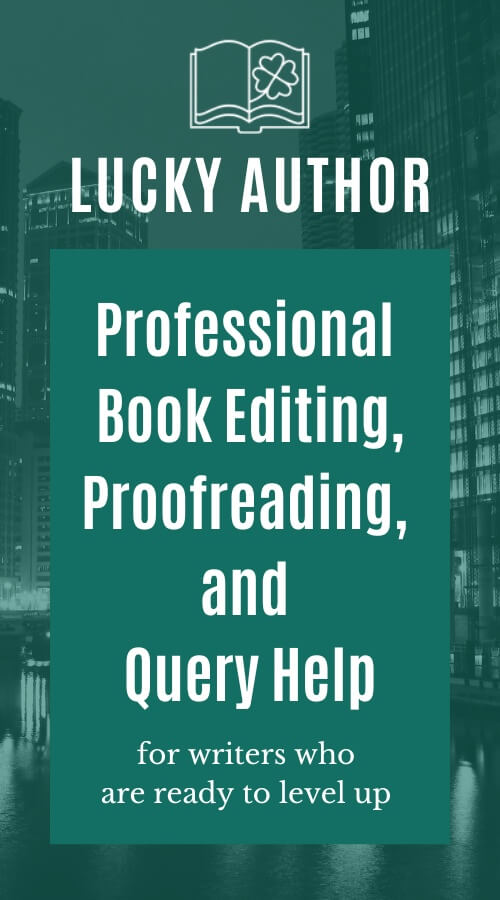
I started writing my story as a screenplay after several false starts as a novel, quite a while back. Then I decided to start over and write the synopsis to clear things up in my head (the document I used to plan the screenplay came together through a variety of sources, from some books on writing novels/screenplays, to some courses on MasterClass.com, to guidance on this blog and the Blank Page to Final Draft book I found out about here).
What it then became was this (funny that you used the name Zoe in one example and a fired CIA agent in another your example; it made me want to make a quick reply here 🙂 :
“A 33-year-old Korean-American CIA technical officer is booted from the agency due to the onset of a mental disorder, and begins life anew in Boston in pursuit of a business and law degrees as the country descends into unrest due to a pandemic that brings on grave social disorder. With an old friend, they moonlight as entrepreneurs, trying to build a massive door-to-door marijuana and hallucinogen vaping business, while fending off violent rivals and law enforcement.”
And I have gotten feedback from a number of sources, including one set of comments from my wife (who is a Journalism major) and then, most recently, from a screenplay coach I hired, the latter of which is below:
“Very compelling concept. There is a lot going on, but not necessarily in a bad way. This clearly is inspired partially by current events, but it also deals with some other issues the world is facing (mental illness, economy…etc.). The strength of a story like this will come down to the characters and their development. I can see a lot of struggle with the protagonist going from a CIA officer to a door-to-door marijuana salesman (essentially). Lots of conflict there, both internal and external. Overall, I’m intrigued, but I want a bit more information. What is the theme? What is the genre? This will help to dictate the direction and tone of the story, which in turn can impact what kind of characters you develop next week.”
At the end of the course I had a 120 page screenplay, though it got a grade of “pass” (and not the academic definition of “pass”), and I got some detailed advice at the end, though I’m still not sure I agree with it (that the academic aspect be removed entirely).
What was good about going through the process (of learning from a variety of sources and applying it) was that I now have both a “pitchable” synopsis and with my screenplay, almost a detailed outline and a strong definition of how the characters “sound” when they talk in the novel.
As you’ve probably all seen from my WIP posts, I’m not terribly strong at description. But I’m now almost more motivated to write the book, as I think I’d have more room to add in the academic plot line.
I guess the lesson I learned was, could I hook somebody I was telling the story to in an elevator before we reached their floor? Can I sell my story succinctly?
Still working on that.
Thanks for sharing your writing journey. I am not sure I get your concept. Is the business and law degree a goal in itself? Is it important? Not too interesting to me, unless the degree was to advance some other mission. I assume the social disorder is an obstacle to the protagonist but it is not clear. Is this a buddy story? Then, something about the dynamic with the old friend would be a factor.
I assume this is a criminal enterprise, a downward arc for the protagonist.
The academics were initially to help them advance their careers, but then ended up helping them figure out how to best run a criminal enterprise.
Again, there is likely too much going on here, but deciding what to keep and what to leave out is perplexing. Perhaps I have two separate stories here.
I’ve got a lot of scenes in my head that I’d like to get down but am trying to filter out at the same time, which goes to the heart of the comments I got from the screenplay coach.
Hi Chris! It’s certainly an interesting story, and you’ve done a great job of getting the shape of the plot down. I’m curious about the motivation (why that business, exactly?) and the character arc (how does he change, or what does he learn?), which I think you have in your head.
I don’t think I noticed that you struggle with description…but everyone has trouble with one element or another, and you can definitely learn it. It could even become a strength of yours in the end! And of course, in screenplays, you need very little description 🙂
Thanks for commenting! Hope you’re having a good week (and not working TOO hard!)
Hi Bryn,
Thanks for the feedback and questions.
I think I chose that line of business because it was both illegal but also seemed borderline legitimate (both in the way liquor was when outlawed and also in that many states have begun legalizing marijuana but in a highly restrictive way through licensing), ripe for operational optimization and also that it would ensnare her group with a lot of dangerous criminal elements who have had a long time in that business.
You’re right about having her character arc in my head. A good amount involves her learning to have confidence and trust herself despite living with an illness, and then finding her career identity.
Doing my best to not work too too hard! Thanks!
I can’t find the like button for this post. And the normal comment field is missing. Is my WP account acting up?
Hi friend! You know what, I had to change themes, and I didn’t even notice the likes were gone until you mentioned it. I think the comments need fiddling with, too. 🙂 I’ll work on it this weekend!
Thank you ?.
Thank you for these guidelines on synopsis writing. You have given me a lot to think about and right at the perfect time. I will be pitching very soon.
I’m so glad it was helpful, Naomi—I hope the pitching goes great!
Thank you for taking the time to teach us a great way to write a synopsis! Valuable information is always a plus in my book!
You bet, Kay. Thanks for reading, and for the kind words!
Hi Bryn. I’d like to know where you keep the crystal ball you use when you decide on a post for your website. You have done it again with this one. Exactly what I need. Thanks.
I have attempted to write synopsizes for several of my books. It is such an overwhelming task! To make it at least possible, I have tried different approaches. Not for the finished product, but as a beginning. Once I sat my character down and did an interview first and then wrote the synopsis from the interview. The most recent first attempt was a spreadsheet with every scene in every chapter one column for each main character and rows for each chapter. I have most recently started a college level writing class and am getting acquainted with another technique.
I really love the simplicity you use to explain complicated things. Thank you again
Jessie, hahaha—I’m so glad it came at the right time! It can be so challenging because you’re boiling down so much material into such a short piece. I hope this approach works for you!
Thanks Bryn
I have just written and Illustrated and unusual and I think quite unique short book , only 21 pages of script and 21 pages of Illustrations. It is about a bull who falls in love with a dolphin and their offspring is a sort of mythical underwater superman. So as you can imagine I am having trouble writing a synopsis to hopefully entice a publisher.
Your post could not have come at a better time, thanks again.
Warren
Warren, I’m so glad it came at a good time! It does sound like a unique story, and I think if you add to the pitch what the characters learn or the moral or “theme” of the story, it’ll be complete. Good luck!
This was so helpful. I am a beginner in the book writing field. I have always been a journal writer. I love writing but I don’t know about the formalities. I am learning many important things from you.
Hi Stephanie! Well, everyone starts out a beginner, and if you do a lot of journal writing, you’ve got a head start. I’m so glad this is helpful. You might want to check out my book BLANK PAGE TO FINAL DRAFT…https://amzn.to/3kzx68U
I have plenty of free resources, too. Check out my post on how to begin a story:
https://www.bryndonovan.com/2016/01/12/what-happens-on-page-one-30-ways-to-start-a-novel/
and the character arc post I mentioned above:
https://www.bryndonovan.com/2019/06/26/what-is-a-character-arc-a-definition-plus-7-examples-from-movies-and-books/
If you sign up for the blog (there’s a place on the lefthand side of the page), you won’t miss new writing posts. I hope you have great luck with your writing, and I hope you love it!
I usually write a logline and a one pager before I start the book. I like to draw from the one pager to help with my synopsis after.
denise
That is so smart, Denise! I know that for me, the one-pager would serve as a guidepost whenever I got lost in the weeds. 🙂
This is so useful. Thank you. I can see how this is going to help me figure out the plot issues with my manuscript and really make it shine.
Erin, so glad it seems helpful! Though it kind of seems like your manuscript is shining already 🙂
Hi, Bryn! Thank you so much for putting this information out there. You’d be surprised how hard it is to find the breakdown on how to write a great synopsis. And your first piece of advice is something I discovered recently and makes a world of difference, (it’s even better than outlining – IMO) – “If possible, write the synopsis before you write the book.” Many thanks, and wishing you a wonderful week.
Bryn, Thank you for this helpful blog! Question —I was advised by a fiction writer that the two or three main character names should always be capitalized in a synopsis. What are your thoughts? I am not a fan of unnecessary caps, but if it is helpful, I will do it.
Hey, Bryn, Thanks for the awesome post. I’m going to use it as a template against my already prepared synopsis. Seems I’m always missing something or other. Practice makes perfect (or darn close). LOVE your new picture!
Thanks for the tips!
Hi Brynn, I have a silly question. As far as structure of a synopsis, do you typically recommend laying it out as “paragraphs” so to say for each section (logline, characters, and summary sections) with indentations, or more of a bullet point layout like your examples show above?
Hi Meg! Not a silly question at all! A synopsis is generally written out in paragraphs. I definitely recommend introducing the characters as I show in #2 – capitalizing their names and writing one or two sentences about who they are and what their character arc is. They don’t need the bullet point, though; that formatting was just for this article. 🙂
Thank you, Brynn! I so appreciate your kindness and genuine desire to help aspiring writers. This is very helpful, and I am grateful for your reply 🙂